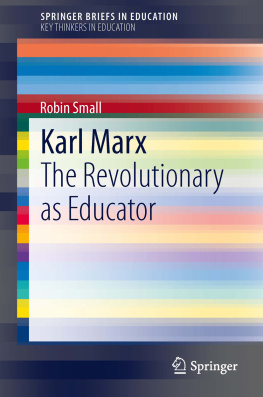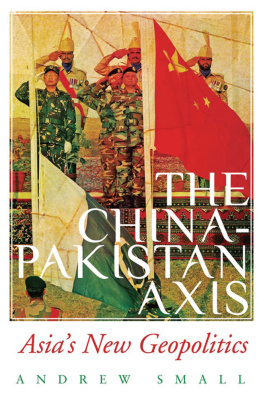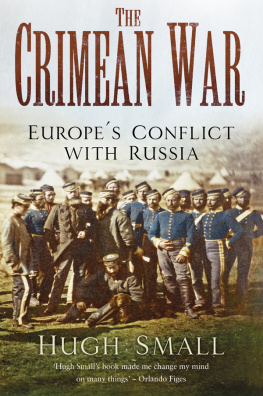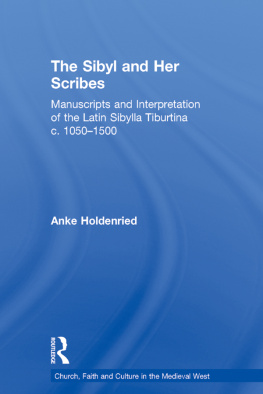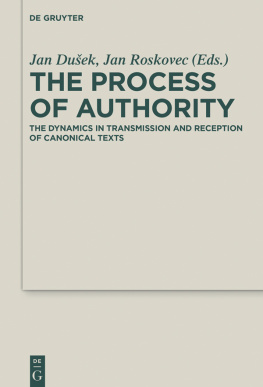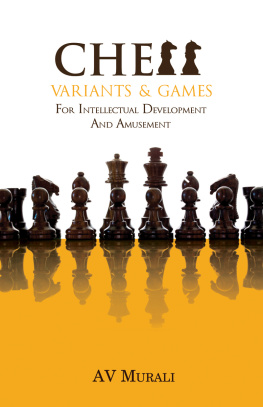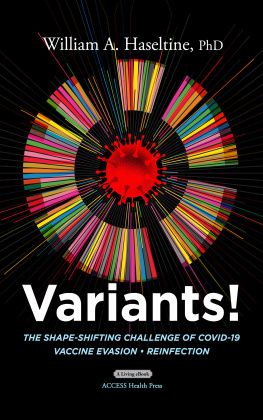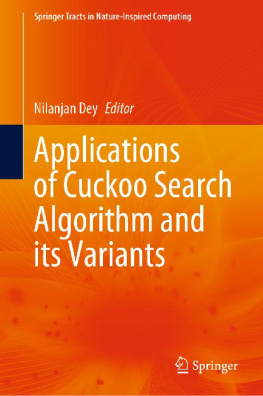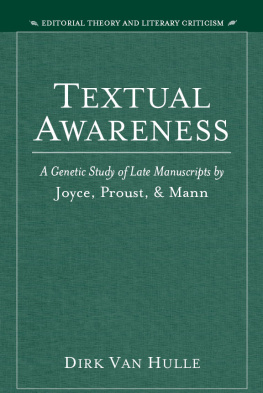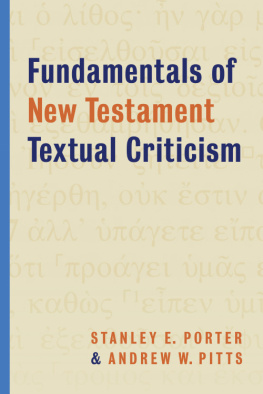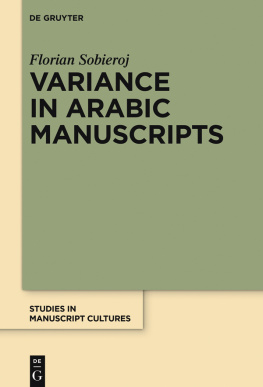Abbreviations and Misc. Conventions
| A.H. | Anno Hijri, in the year of the Hijra, the year according to the Islamic Calendar |
| BL | British Library, London |
| BNF | Bibliotheque Nationale de Franais, Paris |
| BSOAS | Bulletin of the School of Oriental and African Studies |
| CBL | Chester Beatty Library, Dublin, Ireland |
| CE | Common Era; the year according to the Western Calendar |
| CUP | Cambridge University Press |
| EI2 | Encyclopaedia of Islam, New Edition |
| EQ | Encyclopaedia of the Qurn |
| GDQ | Geschichte des Qorns |
| HTR | Harvard Theological Review |
| JAAR | Journal of the American Academy of Religion |
| JAOS | Journal of the American Oriental Society |
| JQS | Journal of Qurnic Studies |
| Lane | E.W. Lane, An Arabic-English Lexicon. CD-ROM Version |
| MME | Manuscripts of the Middle East |
| MO | Manuscripta Orientalia |
| MW | Muslim World |
| OUP | Oxford University Press |
| S. | Surah |
MANUSCRIPT DESIGNATIONS
Since no unified system of designating Qurn manuscripts is in use, abbreviated forms of their respective individual catalogue numbers are used. The full catalogue number for each manuscript is given in the descriptions of individual manuscripts in chapter 2. For example, British Library Qurn manuscript Or. 2165 is referred to as BL Or. 2165. Paris Bibliotheque Nationale manuscripts are referred to with the abbreviation BNF, as in BNF 328a and BNF 330a. If a number of manuscripts from the Paris collection are mentioned together, BNF is prefixed to the first number but not attached to the rest in the list; for example, BNF 328a, 330a, 331, 333c.
DATE CONVENTIONS
Dates pertaining to both the Western and Islamic calendars are given. For instance, if a general date according to century is required, it will be given in the form of the Western century followed by the Islamic century: seventh/first century. If a specific date is given, it will be given as follows: 936/324, meaning CE 936 and A.H. 324. Occasionally, the context will require just one date to be given and in those cases it will be made clear which dating system is being followed.
VERSE CITATION CONVENTIONS
For the purposes of this study, the individual verses of the Qurn are divided into sections of phrases that are smaller than verses. When a verse is cited, it will be referred to by its normal verse number and then a number designating the specific phrase within that verse. For example, Q. 14:37:4 refers to the fourth phrase of Surah 14 verse 37.
About the Author
Keith E. Small is a researcher and lecturer in early Qurn and New Testament manuscripts. He has a PhD in Islamics through the Centre for Islamic Studies and Christian Muslim Relations at the London School of Theology and a masters of theology from Dallas Theological Seminary. His research interests are textual criticism in early Christian and Islamic scriptural manuscripts, early Islamic history, and comparative Christian and Islamic theology. Though he has published articles on these topics, this is his first major book.
Acknowledgments
Many people have contributed to this book, and I am very grateful for their generous help. First and foremost, my thanks go to my family for their sacrifice, patience, and steadfast encouragement to me throughout this research. Also, the following people have made significant contributions to my research.
Deep thanks go to Prof. Peter Riddell, former director of the Centre for Islamic Studies and Christian-Muslim Relations at London School of Theology and now at Victoria Bible College, Melbourne, Australia, and Dr. Steve Walton, senior lecturer in New Testament studies at London School of Theology, for their guidance, instruction, criticisms and constant encouragement. Also, thanks are due to students and colleagues at the Centre for Islamic Studies at the London School of Theology for friendship, excellent conversations, and penetrating questions. Andy Bannister, especially, helped me work through ideas of the relationship between oral and written literature theory. Rev. Dr. Tharwat Wahba, lecturer at the Evangelical Theological Seminary in Cairo, gave invaluable help obtaining sources and with many informative conversations while he pursued doctoral studies at LST; Drs. Peter Williams and Dirk Jongkind at Tyndale House, Cambridge, provided generous help with sources and understanding comparative issues between the New Testament, Old Testament, and Qurnic traditions.
Thanks are also due for hospitality, very generous help with sources, and personal instruction concerning Arabic script and early Qurn manuscripts to the late Prof. Sergio Noja Noseda of Lsa, Italy; Drs. Gerd-R. and Elisabeth Puin of Saarbrcken, Germany; Michael Marx, director of the Corpus Coranicum project in Potsdam, Germany; and Prof. Efim Rezvan of St. Petersburg, Russia.
I also want to thank the many scholars who were at the 2005 Corpus Coranicum Conference in Berlin, for their encouragement, criticisms, suggestions, and help with sources, especially Professors Angelika Neuwirth, Andrew Rippin, Ahmed Pakatchi, and Yasin Dutton. In addition, thanks are due to Dr. Alba Fedeli of Milan, Italy, and Dr. Elisabeth Puin of Saarbrcken, Germany, for their help developing my thinking concerning Qurnic palimpsests.
From the United States, to Joshua Lingel, asst. professor at Biola University, La Mirada, California, thanks are due for help with sources, introductions to scholars, and many stimulating and instructive conversations. Thanks are also due to Prof. Daniel Wallace of Dallas Theological Seminary for help with sources, instructive conversations, correspondence, and encouragement.
Photographs of the manuscripts are used according to permissions granted by the following people and organizations:
The manuscripts British Library Or. 2165, fol. 31b, Or. 12884, fol. 142r-142v, and Or. 70.a.31 are used with the permission of the British Library Board.
The manuscripts Bibliothque nationale de France Arabe 325a, fol. 4r; Arabe 326a, fol. 3r, 3v; Arabe 328a, fol. 53r; Arabe 330a, fol. 3r, 3v; Arabe 331, fol. 23r, 23v; Arabe 332c, fol. 27v; Arabe 333c, fol. 41v, 42r; Arabe 334c, fol. 34r; Arabe 340c, fol. 36r, 36v; Arabe 343, fol. 102v; Arabe 370a, fol. 2v and 3r, are used with the permission of the Bibliothque nationale de France.
The images from the Topkapi manuscript, fol. 172b and 173a, are used with the permission of IRCICA, the Organisation of the Islamic Conference Research Centre for Islamic History, Art, and Culture in Istanbul, Turkey.
The manuscripts IST TIEM SE54, fol. 11a and 11b are used with the permission of the Fondazione Ferni Noseda of Lesa, Italy.
The images of the an manuscripts 01-20.x, 01-28.1 and 01-29.1 are used with the permission of the private collector, GRP.
The images of the Meknes manuscript, film05_03 and film05_04, are used with the permission of the Corpus Coranicum Project of the Berlin Brandenburgische Akademie der Wissenschaften.
The image of the Samarkand Kufic Qurn, fol. 206, is in the public domain. This image was obtained from the Imaging Services at Princeton University.
The quotation in the epigraph at the beginning of section 3 excerpted from Nineteen Eighty Four is used with the U.S. permission from the Houghton Mifflin Harcourt Publishing Company (excerpt from Nineteen Eighty Four by George Orwell, copyright 1949 by Harcourt, Inc. and renewed 1977 by Sonia Brownell Orwell, reprinted by permission of Houghton Mifflin Harcourt Publishing Company) and the UK permission from the A.M. Heath & Co. Ltd, London (


